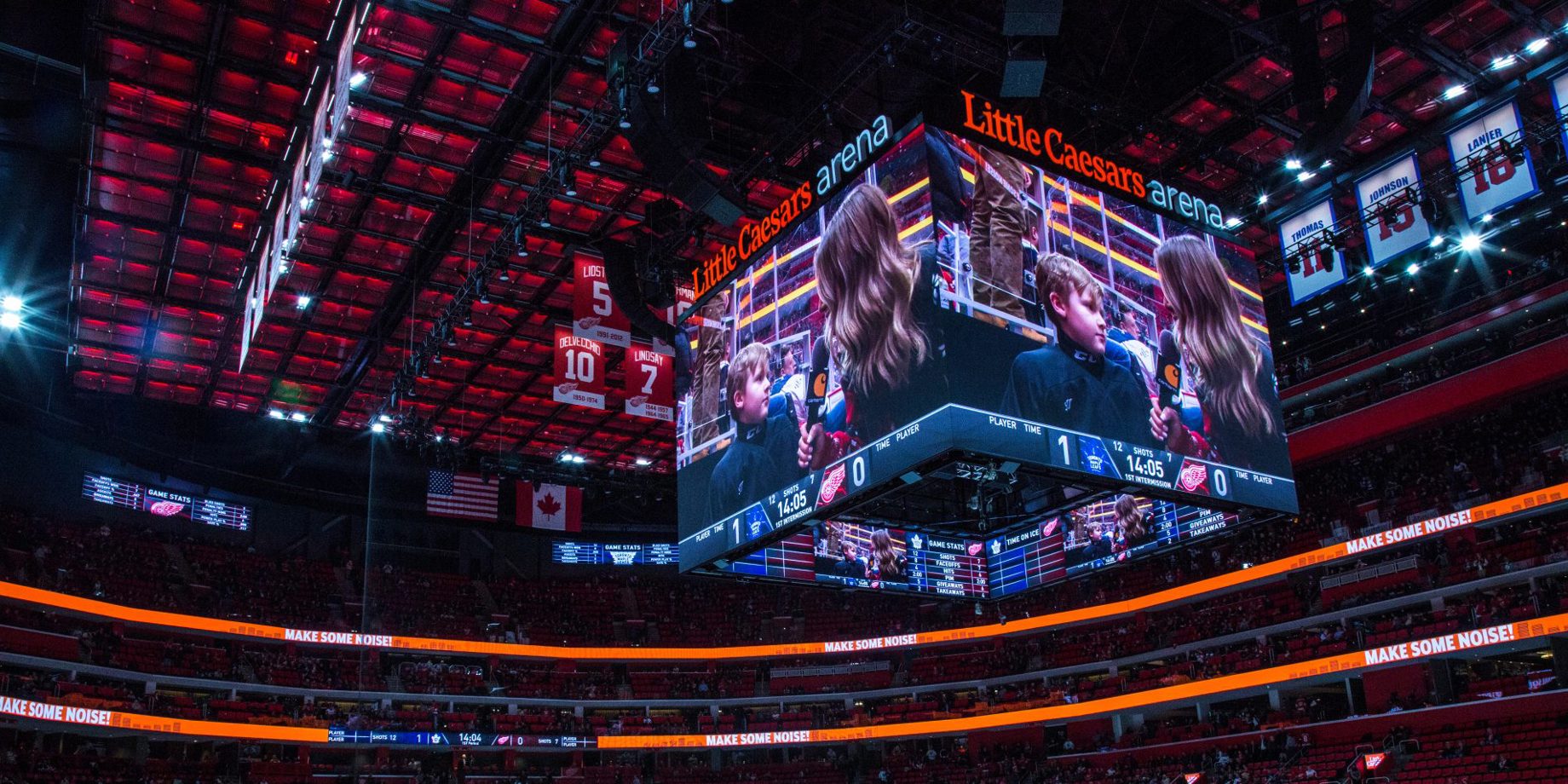Inside the Technology of Video Processing
As part of National Engineering Week, we recently sat down with Megan Wiskur, 10-year engineer team member, to talk about how video processing enhances the fan experience and what it’s like developing this technology at Daktronics.
Jennifer Liebschwager on 2/21/2018
Categories: Pro Sports and Colleges

As part of National Engineering Week, we’re highlighting a few members of our  engineering staff whose minds power the display and control technology showcased all over the world.
engineering staff whose minds power the display and control technology showcased all over the world.
We recently sat down with Megan Wiskur, 10-year engineer team member, to talk about how video processing enhances the fan experience and what it’s like developing this technology at Daktronics.
What part does video processing technology play in the fan entertainment experience?
The video processors are an core part of making sure live video feeds look good on the display. Camera operators are positioned all around the field or court, and the video processor brings all these multiple videos from different vantage points together into a single, formatted viewing experience. Processors can also bring an interactive experience to the fans. An example of this is the kiss cam. You can use one layer on your processor for a heart graphic and you overlay that on top of your camera man’s feed and it would show the graphic over the live feed of the couples in the crowd.
The processor also makes the show look more dynamic by providing transitions and wipes between different content segments. It also refines video visual quality by precise scaling, gamma correction and evening out color quality between camera sources.
What’s your favorite part of working on the processor team?
What I like the most about working on the processor team is that we’re all in it together. When there’s a development, we’re all working together to build one box. Video processors are so complex, no one person can be an expert in all aspects of the product. You have people dedicated to signal type compatibility, image refinement features, writing the code that controls all those features. Four people may be working on a logic card that’s 2 inches x 2 inches, so it’s a tiny size, but a lot of technology is packed into a small device. We all have to work together to make a successful final product, so we’re a tight-knit group.
How is working with students different than the day to day work with your colleagues?
Students are shared resource throughout engineering so they work on a lot more than just video processing projects, but they’re typically super excited to work on video processing projects when they’re tasked with them. Typically they have either electrical or computer engineering backgrounds and they haven’t worked on anything like a Daktronics processor before because the design is so custom. It makes you realize how cool the technology is that you’re working on, which is easy to forget when you’re immersed in it every day.
How has processor technology changed over the years you’ve worked at Daktronics?
Demand for a larger canvas size has skyrocketed. Two major changes are going from standard definition to 4K/UHD and VGA/DVI becoming less popular and DisplayPort growing in popularity for computer graphics. These are driven a lot by the consumer TV industry and broadcast standards changing. This affects processor design because your need a more powerful processor to get a bigger resolution, and also the bigger resolution you want your display, the faster your signal speed needs to be. Broadcast quality drives these trends and we have to keep up with industry to meet the demand for bigger and faster video display technology.
